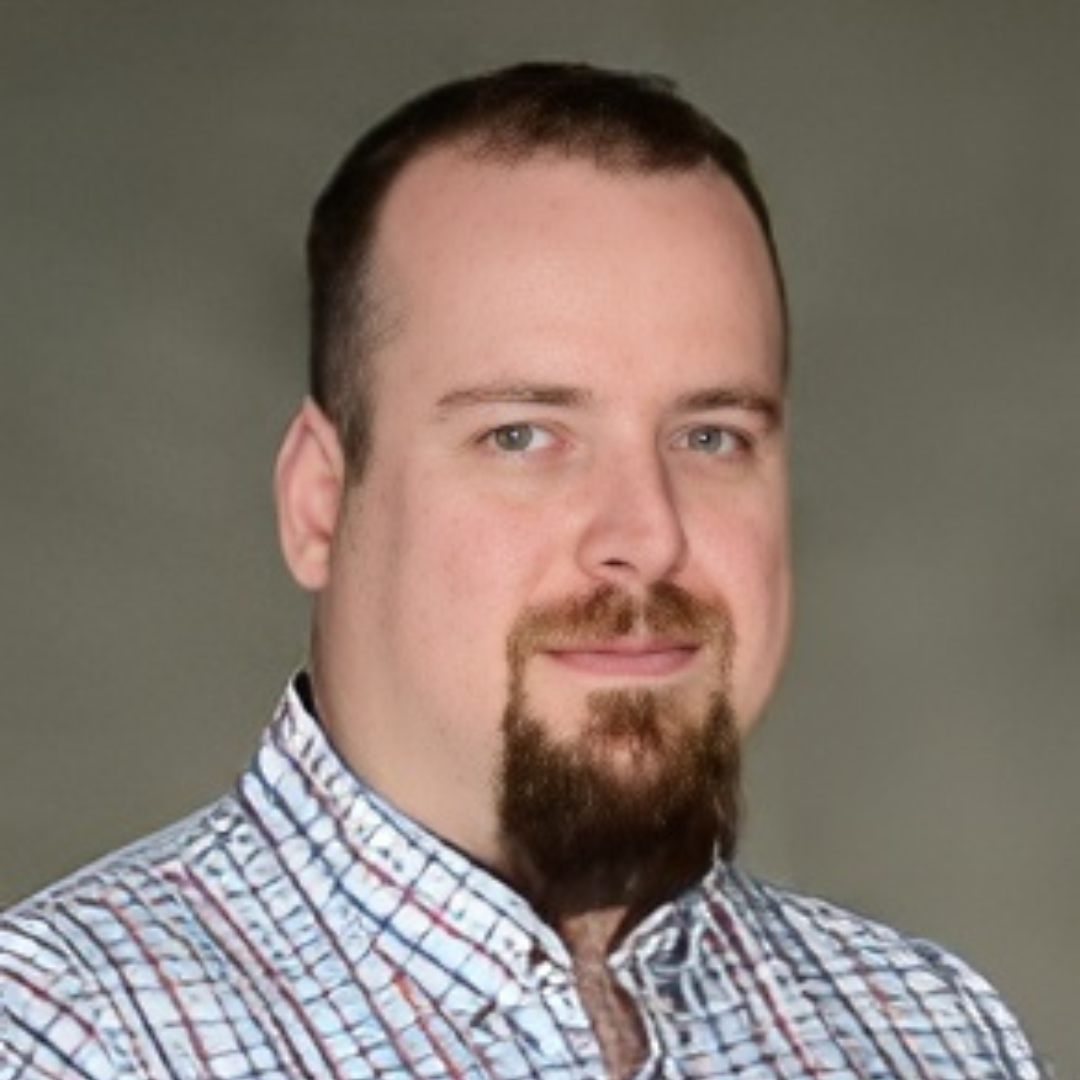
Scott Nokleby
BEng, MASc, PhD (Victoria), PEng
Interim Dean and Professor
Department of Automotive and Mechatronics Engineering
Faculty of Engineering and Applied Science
Contact information
2000 Simcoe Street North
Oshawa, Ontario L1G 0C5
Office: ERC 4038
905.721.8668 ext. 5411
905.721.3370 (fax)
Research topics
- Robotics
- Mechatronics
- Mechanisms
- Automation
- Advanced Kinematics of Robots and Mechanisms
- Redundant Manipulator Systems
- Mobile-Manipulator Systems
- Mechanism and Robot Design
- Optimal Design
Education
- PhD (Mechanical Engineering), University of Victoria, 2003
- MASc (Mechanical Engineering), University of Victoria, 1999
- BEng (Mechanical Engineering with Co-op Program and Management Option), University of Victoria, 1997
Courses
- ENGR 5260G: Advanced Robotics and Automation
- ENGR 5945G: Mobile Robotic Systems
- ENGR 5262G: Manipulator and Mechanism Design
- MANE 4280U: Robotics and Automation
- METE 4100U: Mechatronics Design
- METE 4300U: Introduction to Mobile Robots